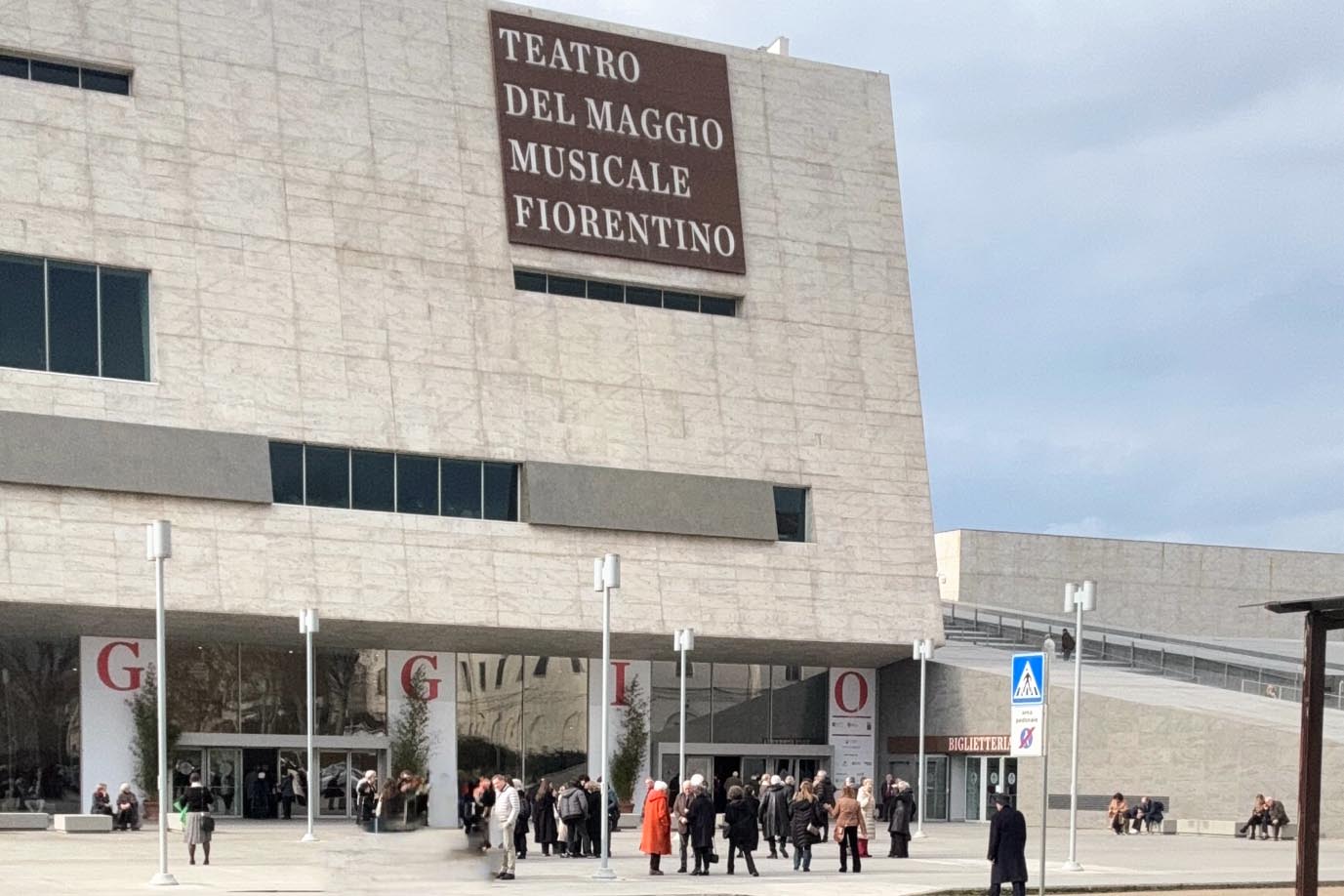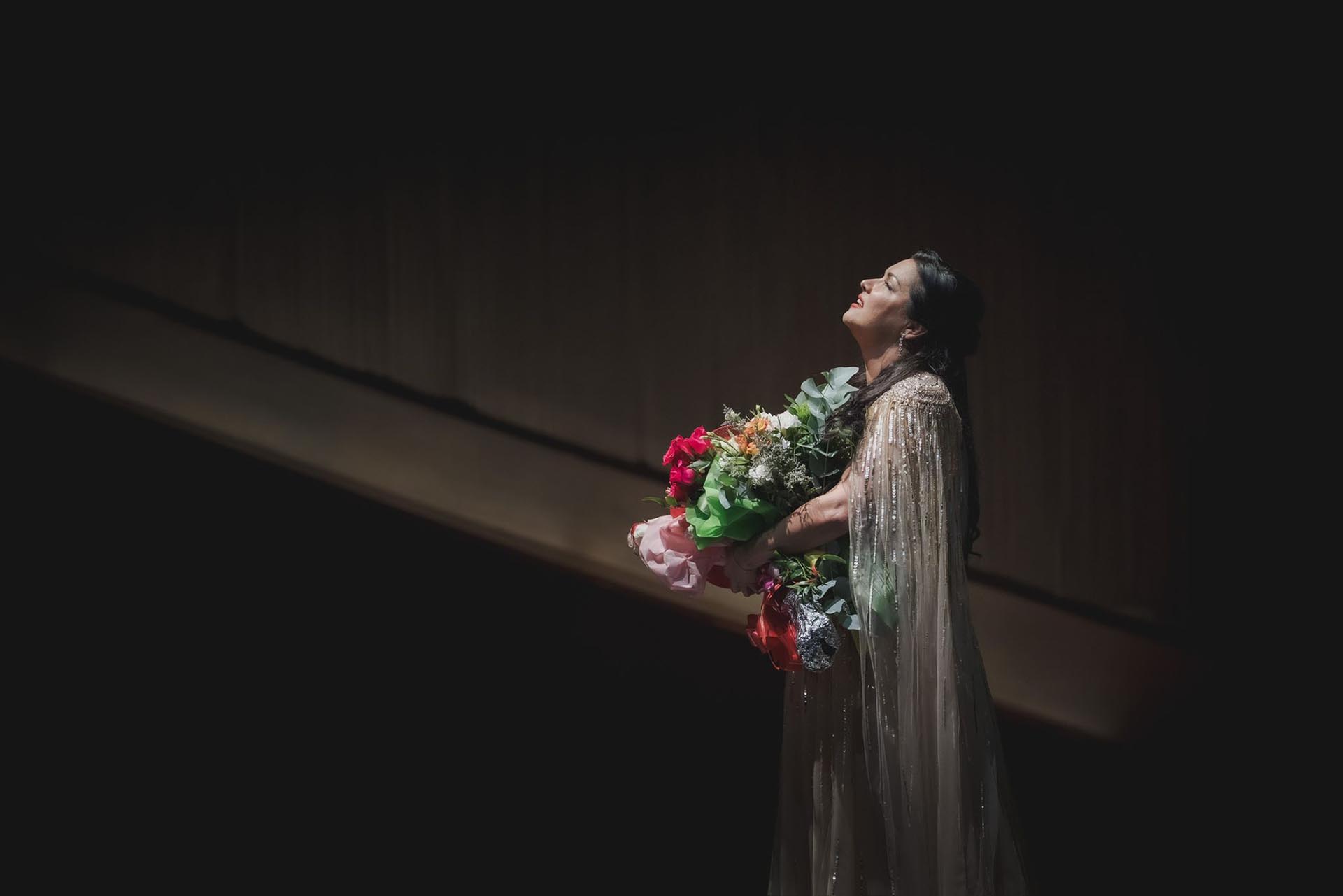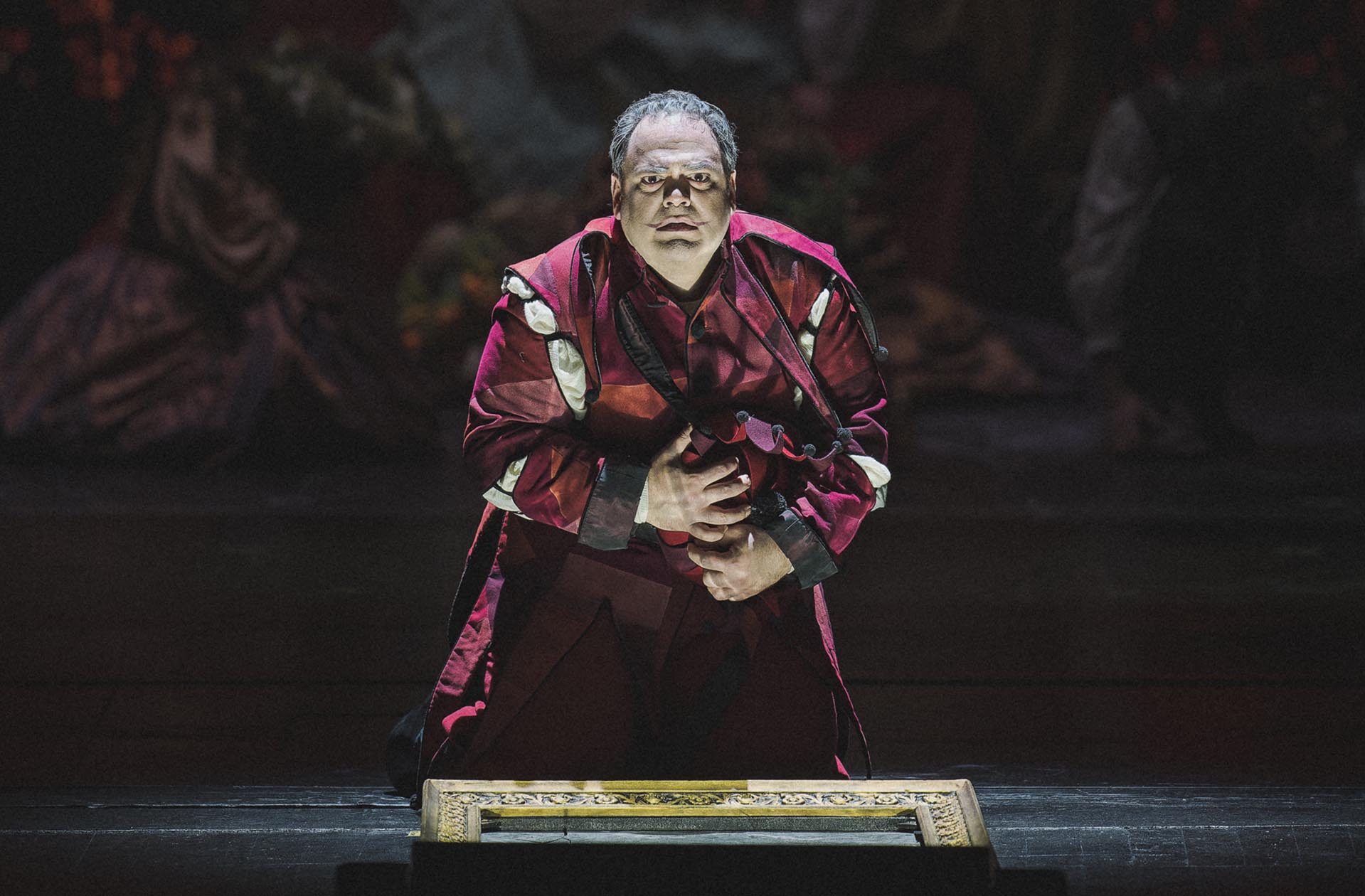 What and how do they play in Florence? I Went to Anna Netrebko’s recital and Verdi’s ”Rigoletto”
What and how do they play in Florence? I Went to Anna Netrebko’s recital and Verdi’s ”Rigoletto”
The list of masterpieces of painting, sculpture, and architecture to be found in Florence is endless, and even a month’s stay in this city, bursting at the seams with historic treasures, would not be enough to see them all. Tourists from every corner of the globe flood the narrow lanes, ticking off museums, churches, palaces, and gardens in a race to stand before works by Leonardo da Vinci, Michelangelo, or Botticelli. I, too, usually come to Tuscany’s capital to immerse myself in Renaissance glory. But this time, I decided to explore the local opera house Maggio Musicale Fiorentino to see what and how opera is performed in Florence.
Type “opera Florence” into Google and you’ll be deluged with offers: “La Traviata” in the Anglican church of St. Mark’s or at Palazzo Del Pugliese, magnificent Italian opera in Florence – these are just examples of offers aimed at unsuspecting tourists. Unfortunately, these casts feature neither renowned singers nor full orchestras. They are purely commercial products, tailored to audiences unfamiliar with opera who may not realize that for the past fourteen years, Florence has boasted Maggio Musicale Fiorentino, a modern theatre complex with one of the largest opera halls in Europe.
Designed by the Roman studio ABDR, the vast complex sits just outside the old city walls, near the historic Leopolda station. To reach it, I hopped on a small electric C3 bus and braved the tram-cutting avenue of Fratelli Rosselli—hardly pedestrian-friendly—before crossing into the theatre square, where buses were already spilling out audiences from across the region. No wonder: the opera hall seats 1,890, outstripping even Warsaw’s Grand Theatre (1,768).
My first evening there was no ordinary one. On the bill: the Russian diva Anna Netrebko, barred from the world’s leading stages following Russia’s invasion of Ukraine. I will not go into her much-discussed conflict with Peter Gelb, general manager of the Metropolitan Opera in New York, nor the details of the lawsuit she brought against that venerable institution. The fact remains that the boycott has eased, and her concerts now sell out instantly. When I posted on Facebook that I intended to attend the soprano’s recital, critical voices quickly appeared. In my case, curiosity won out – I am a journalist, after all, reporting on various cultural events. I wanted to see what shape the 53-year-old is in today and what she offers.
In a hall packed to capacity, Anna Netrebko presented a program including songs by Tchaikovsky, Rachmaninov, and Rimsky-Korsakov, as well as arias from Cilea’s “Adriana Lecouvreur,” Prokofiev’s “War and Peace,” and Bellini’s “I Capuleti e i Montecchi.” Her versatility remains unquestionable: she began as a light lyric soprano and evolved into one of opera’s great dramatic voices. At the piano was Pavel Nebolsin, joined occasionally by mezzo Elena Maximova.
The audience adored her, applauding especially the crowd-pleasing numbers. I had the impression, however, that the hall was filled largely with uncritical fans who had come “for the star,” fulfilling a long-held dream of seeing the singer-celebrity in person. To me, her voice grew tired as the evening wore on, sometimes drained of emotional intensity. Yet the glamour was intact – she changed into dazzling gowns and roamed the wide, empty stage, majestically trying to embody her music and striking the poses of a grand diva.
During pauses, people around me chatted loudly about what they had just heard. And during the intermission, in the orange tree–filled courtyard, they debated, as Italians do, gesticulating and expressing their emotions. The theatre had prepared well for the special evening, offering hot ravioli in several bars during the break, with long queues forming at the counters. By the next evening, though, both ravioli and evening gowns had vanished.
Sunday brought Verdi’s “Rigoletto,” staged at the unusually early hour of 3:30 p.m.—odd to a Pole accustomed to evening curtain times, though in the end practical: I returned comfortably by public transport, unlike after Netrebko’s recital, when the buses never came and the deserted area around the opera house felt far from safe.
Conductor Stefano Ranzani drew power and drama from the orchestra; and in the most dramatic moments I felt the music itself was telling the story. Italians, after all, play their own repertoire with an unmatched instinct, giving it the right weight and tension. Yet the star of Sunday’s performance was not Italian but Spanish: baritone Daniel Luis de Vicente in the title role. His commanding voice and incisive diction in the title role earned thunderous applause. As for the staging, David Livermore’s concept (typical of so-called “Regietheater”) did not impress me, and I often closed my eyes during the show, focusing solely on the music.
In addition to the opera hall, Maggio Musicale Fiorentino also houses a 1,200-seat auditorium named after conductor Zubin Mehta, designed for symphonic and chamber music. Unlike in Poland, the season runs year-round, from January to December. Importantly, especially for less affluent opera lovers, ticket prices start at just €10. I am already preparing for another trip to Florence. October brings Verdi’s “Macbeth,” with Luca Salsi—one of my favorite baritones—in the title role. Florence may overflow with Renaissance treasures, but its opera, too, deserves a place on any cultural itinerary.





